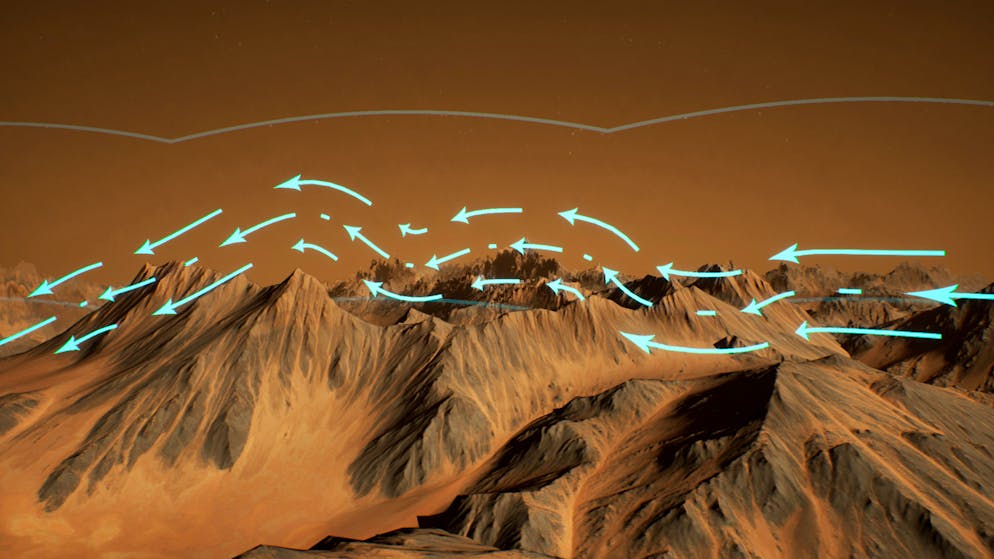
NASA
Most of the time it’s very quiet on Mars. However, researchers believe that wind energy could power future Martian colonies.
One study NASA concluded that, contrary to previous beliefs, wind energy on Mars could also be used to generate enough electricity for human missions. Wind energy will replace the nuclear and solar energy that has been used so far and will enable exploration of other regions of Mars.
Because of the thin atmosphere, Martian winds are about 99% less strong than winds on Earth. Winds are especially weak near the equator, where most of the rover’s missions have landed, because that’s where the greatest solar potential is. Accordingly, the wind was not seriously considered as an energy source.
Incessant storms at the poles
However, nuclear energy and solar energy as an energy source on Mars also have certain disadvantages. On manned missions, unlike robotic flights, nuclear energy naturally poses a radiation hazard to astronauts. On the other hand, solar energy fails as a power source at night and during frequent dust storms.
The study has now adapted Earth’s climate model for Mars and found that winds at the poles in particular are strong enough to generate electricity. There, a manned landing was previously considered problematic due to the lack of sunlight during the polar nights. The poles are among the most scientifically interesting regions of Mars, for example due to large ice deposits.
Turbines 50 meters high are required
At some landing sites, wind power could meet the full electricity requirements of a manned mission, the researchers estimate. However, in practice, every mission will depend on a power mix, just like the supply on Earth.
The combination of wind and sun will be particularly beneficial because Martian winds are stronger at night and in winter. Winds blow from cold layers of ice to warmer regions, like a gentle sea breeze.
However, in order to fully harness the wind’s energy, astronauts would have to build turbines 50 meters high. Its construction should not be simple.

“Total coffee aficionado. Travel buff. Music ninja. Bacon nerd. Beeraholic.”








More Stories
Coral Seeding: Artificial Insemination Makes Coral More Heat Tolerant
Fear, Anger, and Denial: How People Respond to Climate Change – Research
LKH Graz: Using radiation to combat heart arrhythmias